
MWT. Marconi's Wireless Telegraph Co. Ltd. London, Key 1905 (?).

 |

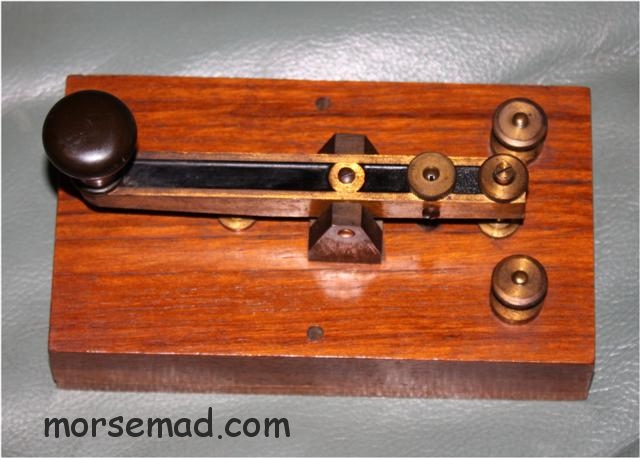 |
 |
Three Terminal MWT Co. Ltd. London Key.

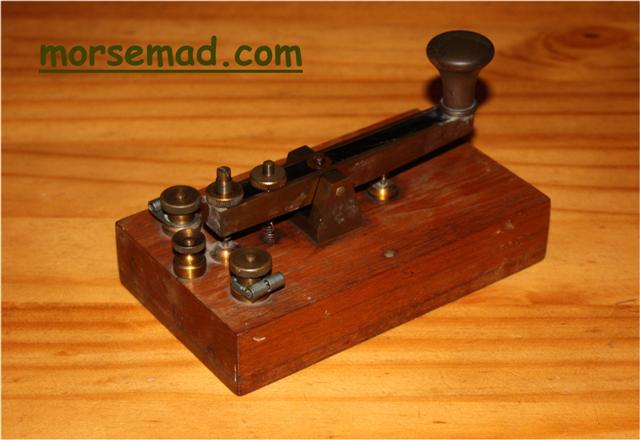 |
MWT. Marconi's Wireless Telegraph Co. Ltd. London. Key & Buzzer c 1900's.

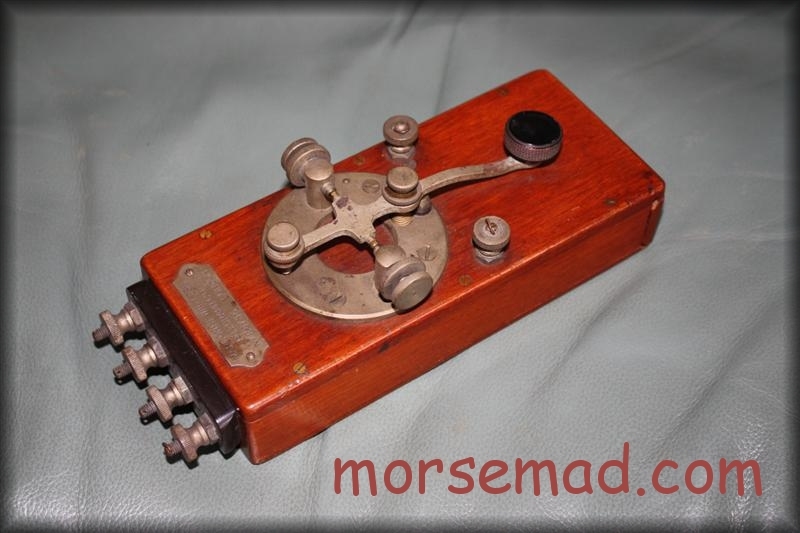 |
Without a large antenna, a tuner would be hard to adjust. Using a buzzer generates a spark signal which could be used to check and align old detector sets.

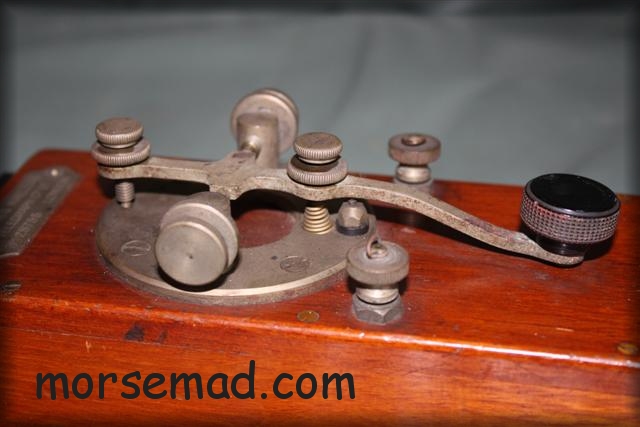 |
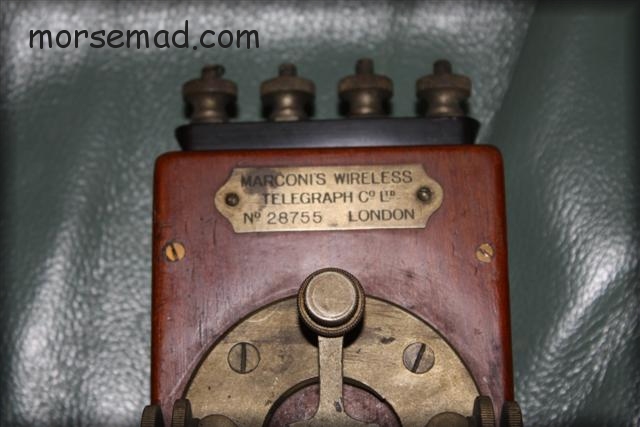 |
MWT information by George Saunders / G3OYN : "MWT 'Instrument Numbers' are not serial numbers. They began around 1907 as a straight numerical series, applied to anything built, without distinction, which could perform a function. So 123456 might be the instrument number for a transformer, 123457 may be the number for a portable test meter, 123458 might be the inst. no. for a complete HF communications receiver, and so on. "MIMCO (1930 0n) followed normal commercial serial-number policy. They had no confidential installations, and leased (rather than sold their equipment to ships. Most (but not all) or their equipment was built by MWT for internal sale Development (unsaleable) prototypes were numbered 099 and down; production equipments numbered from 101 upwards. Various government type- approval testing could only be done on production equipments, so the first ten or so of a new equipment were expended on this.
Equipment recovered when a ship has broken up was returned to Chelmsford - even from places like Hong Kong. If still current, and in good condition, it could be "wiped up" and tested fit for reissue. If repair was needed, or the condition was not good, they could be sent to MWT for refurbishing. This meant stripping down to chassis (and replating if needed), making new cable-forms and tagboards with minor components, and so on. This was cheaper than ordering new equipment. It also meant that if MWT orders were slack, then there was a supply of work to keep the works ticking over". George Saunders.
Marconi's Wireless Telegraph Co Ltd London "D TYPE" Key.
This had great benefits to the company. It was impossible for rivals to discover how many of one type of equipment had been built, and hence the manufacturing capacity of the firm. Because much of the production was for various home and overseas governments, and their fighting services, this method helped their secrecy by denying valuable information to any "opposition'' A straight serial number would not have given this advantage.
See prof. R. V. Jones's book ''Most secret War" for the good use made or enemy serial numbers in the Bruneval radar raid.
Also, of course, the MWT company was always willing to build a "one off" for a valued customer The firm did not deal with the general public - it only made high-value capital goods for professional users".

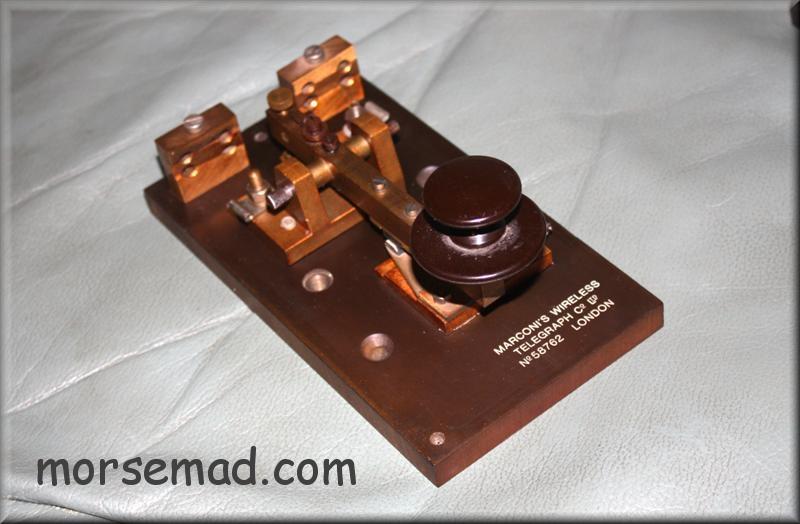
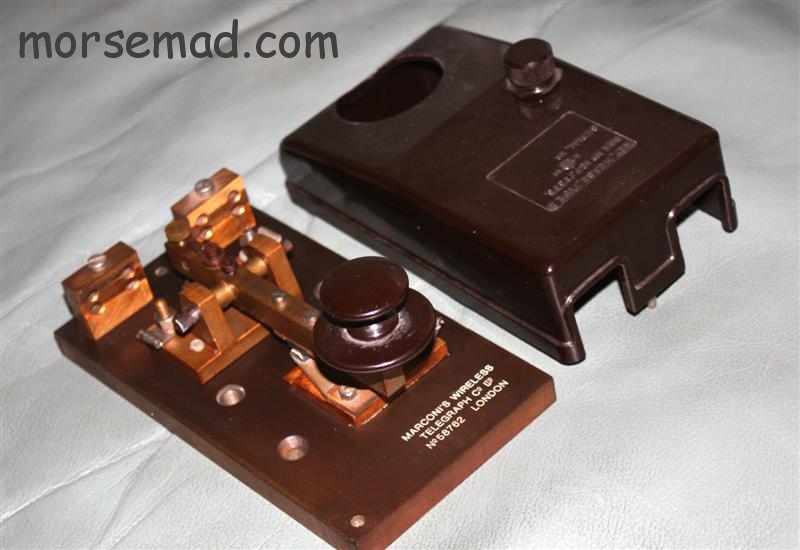
A Beautiful Brass Key On A Marble Base. British Marconi - c 1930's. Rare.

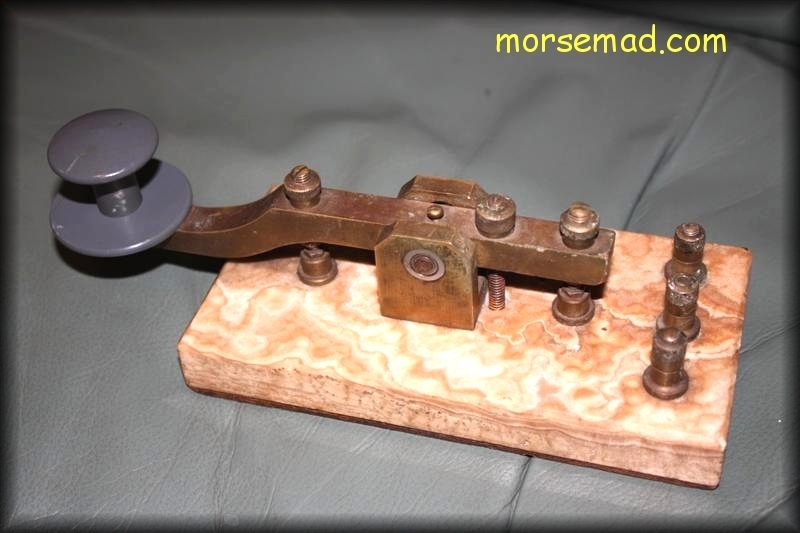 |

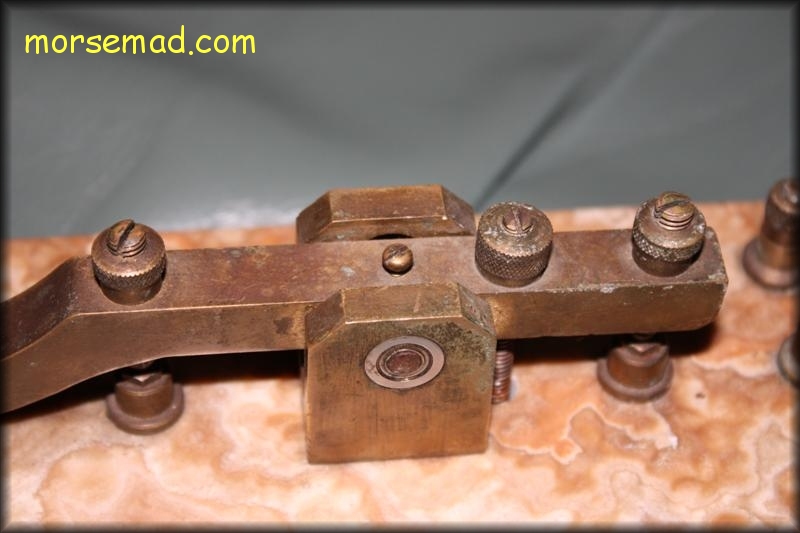 |
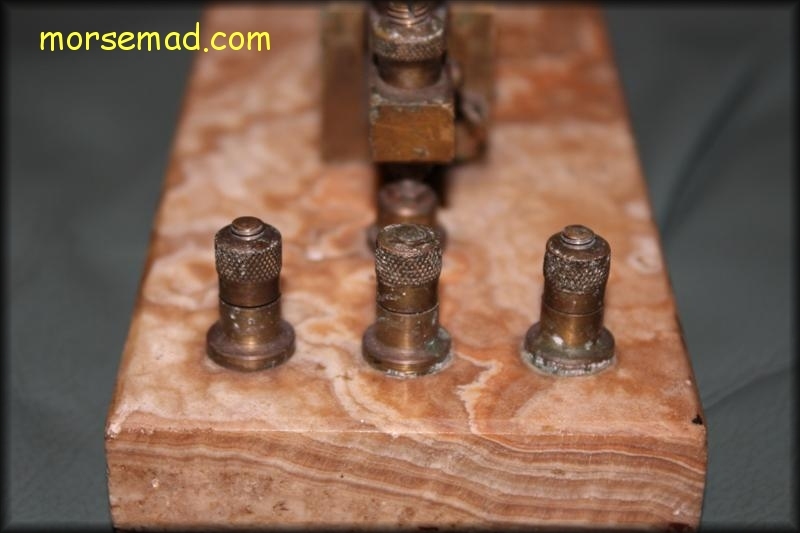 |

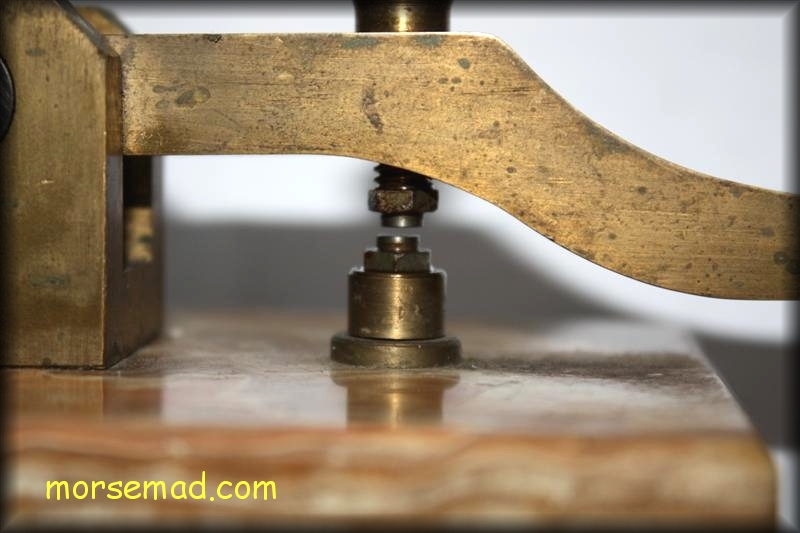 |
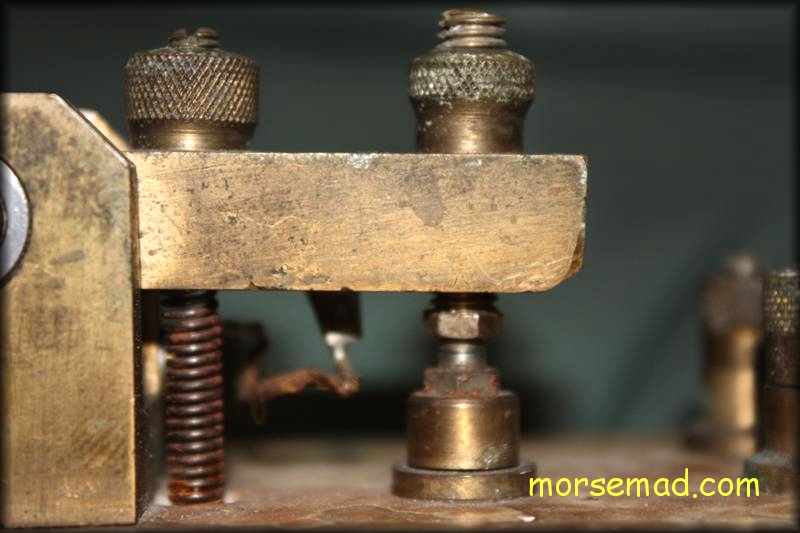 |